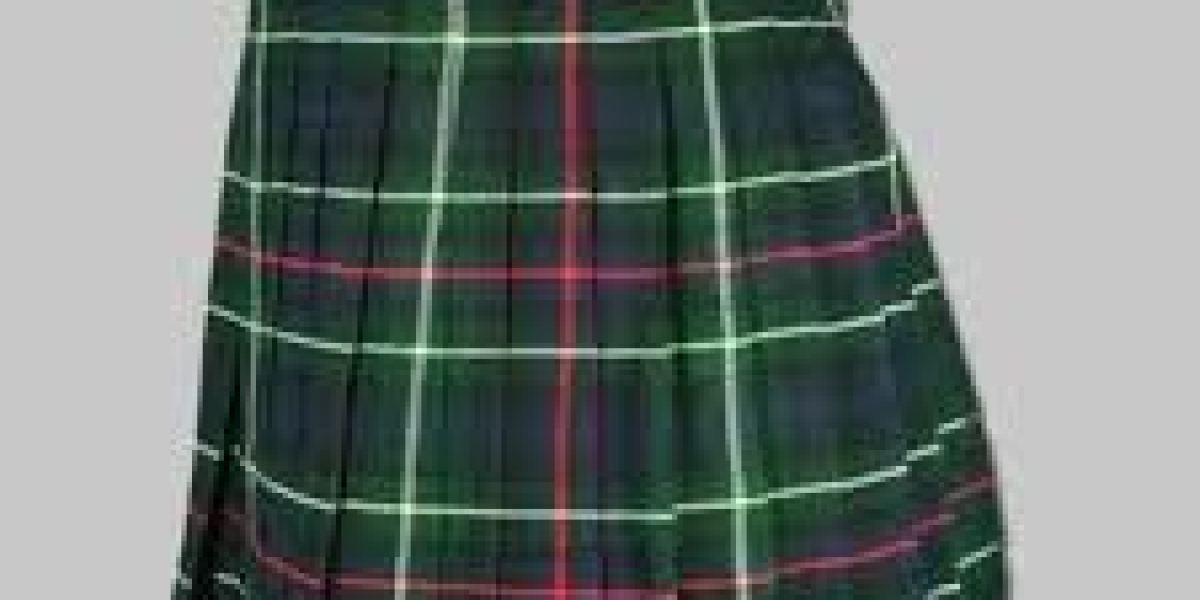In the quest for energy efficiency, microporous insulation has emerged as a game-changer in building design. This innovative material not only enhances thermal performance but also contributes to sustainability efforts across various industries. But what exactly is microporous insulation, and how is it reshaping our approach to energy conservation?
Understanding Microporous Insulation
Microporous insulation consists of a highly porous structure that traps air within its microscopic pores. This unique characteristic allows it to achieve exceptional thermal resistance, making it an ideal choice for applications requiring superior insulation. The material is often used in environments where space is limited, as it provides high performance without the bulk of traditional insulation materials.
Key Benefits of Microporous Insulation
- High Thermal Efficiency: Microporous insulation offers a low thermal conductivity, which significantly reduces heat transfer.
- Space-Saving Design: Its thin profile allows for installation in tight spaces, making it suitable for various applications.
- Durability: Resistant to moisture and chemicals, microporous insulation maintains its performance over time.
- Environmental Impact: By improving energy efficiency, it contributes to lower carbon emissions and energy consumption.
Applications of Microporous Insulation
Microporous insulation finds its place in numerous sectors, including construction, automotive, and aerospace. In building design, it is particularly beneficial for:
- HVAC Systems: Enhancing the efficiency of heating, ventilation, and air conditioning systems.
- Industrial Equipment: Insulating pipes and tanks to minimize heat loss.
- Refrigeration: Maintaining low temperatures in cold storage facilities.
Future Trends in Microporous Insulation
As the demand for energy-efficient solutions continues to grow, the future of microporous insulation looks promising. Innovations in material science are expected to enhance its performance even further. For instance, integrating nanotechnology could lead to even lower thermal conductivities and improved mechanical properties. Additionally, as building codes become more stringent regarding energy efficiency, the adoption of microporous insulation is likely to increase.
Conclusion: Embracing Energy Efficiency
In conclusion, microporous insulation is not just a trend; it is a vital component in the future of energy-efficient building design. Its unique properties and versatility make it an essential material for architects and builders aiming to reduce energy consumption and environmental impact. For more information on microporous insulation products, visit  .
.








